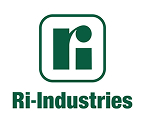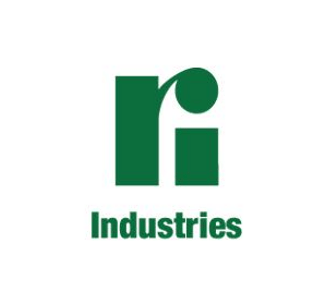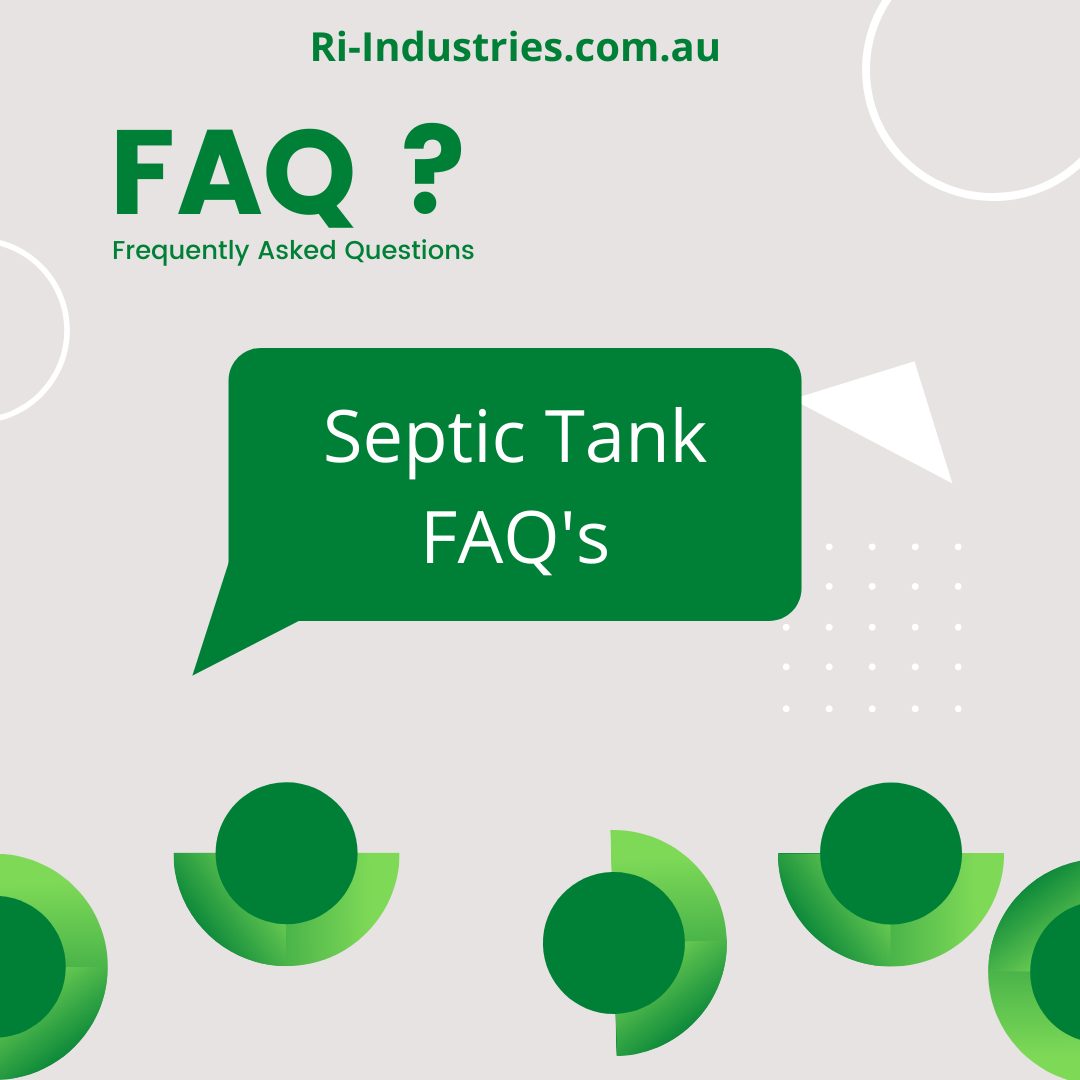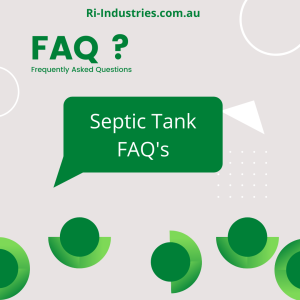Rainwater tanks are the most common way to meet the additional water supply requirements that South Australian building rules need for new dwellings and some extensions or alterations. So, what should you look for in a rainwater tank and what can the collected water be used for? Ri-Industries has the answers.
What to look for in a rainwater tank:
- Covers are essential to help avoid children and/or animals from getting inside the tank. They also help reduce water evaporation and deters algae growth which can result when sunlight enters.
- Underground or Above ground? The choice is yours! Above ground tanks can be easier to install because you don’t have to excavate a space for them first. However, they can take up valuable room. Underground rainwater tanks can save a lot space and can be installed in smaller properties where the size of the property would otherwise prohibit the use of a tank. They are often installed underneath driveways and are a popular choice for new home developments.
- Where will it go? Ri-Industries are experts in underground rainwater tanks and our experts can help you determine the ideal location to install your underground rainwater tank.
- Rainwater tanks definitely fall into the category of something you want to last. Our concrete tanks are designed and built to do just that. They also come with a manufacturers warranty to give additional piece of mind.
How to use the water collected in rainwater tanks:
- Hot water systems
- Laundry
- Toilets
- Irrigation
One of the most frequently asked questions we hear is whether or not it’s safe to drink water from the rainwater tank. The answer is no, unless a filtration system is added to first purify the water. The collected water may contain emissions from vehicles/industry and the cleanliness (or lack thereof) of the gutters it flows through also play a factor.
When you are interested in learning more about rainwater tanks or are ready to purchase, please give Ri-Industries a call on 08 8444 8100.







